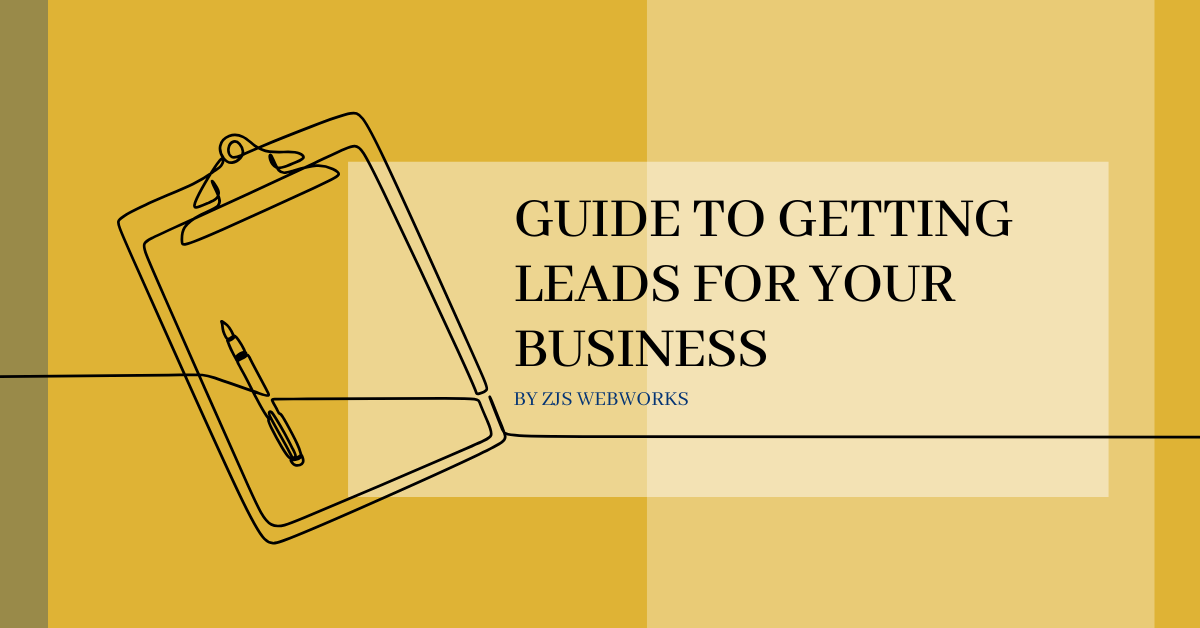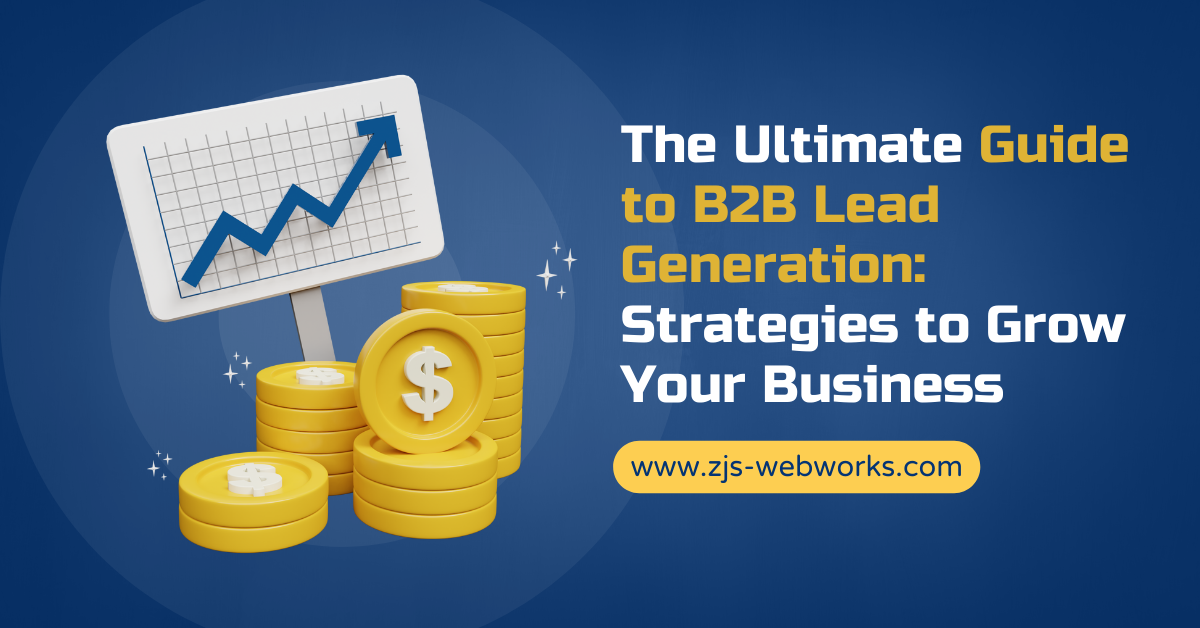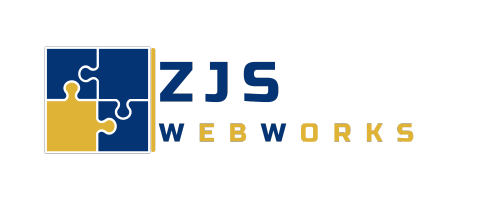
LinkedIn lead generation is a powerful strategy for businesses aiming to connect with decision-makers and grow their customer base. With over 900 million professionals on the platform, LinkedIn has become the go-to channel for B2B marketers seeking quality leads. In this comprehensive guide, we’ll explore the tools, techniques, and strategies needed to master LinkedIn lead generation and boost your business growth.
Table of Contents
ToggleWhat is LinkedIn Lead Generation?
LinkedIn lead generation involves leveraging the platform’s features to identify, connect with, and nurture potential customers. Unlike traditional marketing methods, LinkedIn allows you to focus on professional audiences, enabling more targeted and meaningful outreach.
Why is LinkedIn Perfect for Lead Generation?
-
Professional Audience: LinkedIn users are professionals, making it ideal for B2B lead generation.
-
Rich Data: Profiles provide detailed insights into a user’s role, industry, and interests.
-
Powerful Tools: LinkedIn offers features like Sales Navigator, InMail, and advanced search to refine your strategy.
LinkedIn’s data-rich environment allows businesses to filter and connect with users who match their ideal customer profile. For instance, companies can identify decision-makers, analyze professional histories, and engage directly within the platform. This approach is far more targeted and efficient than traditional lead generation methods, which often rely on broad-based advertising.
Additionally, LinkedIn provides unique tools like group discussions and personalized InMails, enabling businesses to build trust and rapport with potential leads before pitching their offerings. This combination of precision targeting and authentic engagement makes LinkedIn an invaluable platform for modern marketers.
Benefits of LinkedIn for Lead Generation

1. Highly Targeted Leads
LinkedIn’s filters allow you to pinpoint decision-makers, influencers, and other key roles in your target market. By narrowing your focus, you can create personalized campaigns that resonate with specific segments of your audience. This ability to focus on high-value prospects ensures that your outreach efforts yield better ROI.
For example, a B2B software company could target IT directors in healthcare organizations within a specific geographic region. By leveraging LinkedIn’s advanced search features, the company can engage with precisely the audience most likely to benefit from its product.
2. Improved Engagement
LinkedIn’s professional context fosters higher engagement rates compared to other platforms. Users are more likely to respond to well-crafted messages and content that address their business challenges. This creates opportunities for meaningful conversations, laying the groundwork for long-term relationships.
Moreover, LinkedIn’s algorithm favors interactive content like polls, video tutorials, and thought leadership articles. By investing in these content formats, businesses can significantly increase visibility and interaction with their posts.
3. Scalable Outreach
Automation tools and templates make it easier to scale your lead generation efforts without losing personalization. Even small businesses can reach hundreds or thousands of potential leads with professional messaging. LinkedIn also supports bulk messaging, allowing you to send tailored communications to multiple contacts while retaining a personal touch.
4. Credibility Building
Consistently sharing valuable insights positions your brand as a thought leader. This not only attracts leads but also encourages existing connections to engage with your content and recommendations. Strong engagement signals, such as likes, shares, and comments, further amplify your visibility.
Endorsements and recommendations from colleagues and clients are another way LinkedIn helps build credibility. Encourage satisfied clients to write recommendations highlighting your expertise and professionalism. These endorsements act as testimonials, strengthening your profile’s trustworthiness.
Setting Up for Success: Optimizing Your LinkedIn Profile
Before starting a LinkedIn lead generation campaign, ensure your profile reflects your brand and value proposition.
1. Professional Headline
Craft a headline that succinctly communicates your value. For example: “Helping Tech Startups Drive Growth Through LinkedIn Lead Generation.” A compelling headline captures attention, sets expectations, and aligns with your lead generation goals.
2. Complete Profile
Fill out all sections to ensure credibility and showcase your expertise:
About Section: Use this space to narrate your professional journey, your mission, and how your skills solve customer pain points. Be specific about the industries and roles you specialize in helping.
Experience: Highlight relevant roles, focusing on achievements and metrics. For instance, “Increased LinkedIn campaign success rates by 35% through targeted strategies.”
Skills and Recommendations: Endorsements from peers or clients validate your expertise and add social proof.
3. Visuals
Your profile picture should exude professionalism and approachability. Pair this with a banner image that reinforces your brand, featuring elements like your logo or a key call-to-action (e.g., “Contact me for B2B LinkedIn strategies”).
4. Keywords
Strategically incorporate keywords throughout your profile to boost discoverability. Phrases like “LinkedIn automation,” “B2B lead generation,” and “social selling strategies” ensure that you appear in relevant searches.
LinkedIn Lead Generation Strategies
1. Identifying Your Target Audience
Start by defining your ideal customer profile. Use LinkedIn’s advanced search filters to narrow down prospects based on criteria such as:
Industry: For example, SaaS companies targeting financial services firms.
Job Title: Focus on key decision-makers like CTOs, Marketing Directors, or Procurement Managers.
Company Size: Tailor your approach to startups, mid-market businesses, or enterprises.
Pro Tip:
Save your search parameters in Sales Navigator and set up alerts to stay informed about new prospects matching your criteria. Use Boolean operators for even greater specificity in your searches.
2. Leveraging LinkedIn Sales Navigator

LinkedIn Sales Navigator enhances prospecting through:
Custom Lead Lists: Create segmented lists based on location, company size, or other attributes.
Activity Tracking: Stay updated on leads’ interactions and posts to engage at the right time.
Advanced Recommendations: Discover new leads similar to your current prospects.
Sales Navigator integrates seamlessly with CRM tools, ensuring that your LinkedIn efforts align with broader sales initiatives.
3. Crafting Personalized Connection Requests
When reaching out, a personalized approach makes all the difference. Mention common connections, recent activities, or shared interests to establish rapport.
Example:
“Hi [Name], I saw your post about scaling B2B operations in the tech industry. Your insights resonated with my experiences. I’d love to connect and exchange strategies.”
Personalization shows genuine interest, significantly increasing your acceptance rates.
4. Posting Value-Driven Content
Your content is crucial for attracting and engaging leads. Focus on sharing:
Case Studies: Showcase success stories and practical applications of your solutions.
Industry Insights: Provide updates, trends, and data that add value to your audience.
Tips and Strategies: Offer actionable advice to help your audience overcome challenges.
Regular posting not only attracts attention but also helps you stay top-of-mind among your connections.
Automating LinkedIn Lead Generation
Automation tools can help you scale your outreach while maintaining personalization. Popular options include:
Tools for LinkedIn Automation:
LinkedIn Helper: Automates connection requests and follow-ups, saving time.
Dux-Soup: Tracks profile visits and sends personalized messages.
Expandi: Enables hyper-personalized outreach campaigns.
Caution:
Use automation responsibly to avoid violating LinkedIn’s terms of service. Ensure your messages are relevant and add value to the recipient. Overusing automation tools without oversight can lead to penalties or reduced credibility.
Lead Nurturing on LinkedIn
1. Building Relationships
Focus on creating genuine relationships by:
Engaging with their Posts: Comment thoughtfully on their content to establish rapport.
Sharing Relevant Resources: Offer articles, tools, or insights tailored to their needs.
Offering Solutions: Highlight how your product or service solves their challenges.
Building relationships is a continuous process. Stay consistent with your interactions, and don’t rush to pitch your product or service. Instead, let your value speak through genuine engagement and helpfulness.
2. Hosting LinkedIn Events
LinkedIn’s event feature allows you to:
Host webinars or workshops.
Demonstrate your expertise.
Build deeper connections with potential leads.
Promote your events through targeted invitations and posts. Following up with attendees post-event is another excellent way to nurture relationships and continue the conversation.
Measuring the Success of Your LinkedIn Campaigns
Track key performance metrics to evaluate your efforts:
Connection Acceptance Rate: The percentage of connection requests accepted.
Engagement Rate: Interaction levels with your posts and messages.
Lead Conversion Rate: The number of leads that turn into customers.
Tools for Analytics:
Leverage LinkedIn Analytics, Google Analytics, or third-party tools like Hootsuite to monitor performance. Regularly analyze data to identify trends and improve future campaigns.
LinkedIn Lead Generation Services
If managing LinkedIn campaigns feels overwhelming, consider outsourcing to experts. Our LinkedIn Lead Generation Service specializes in helping businesses drive results through targeted strategies. We provide end-to-end support, from identifying leads to nurturing relationships.
Related Resources
Looking for more insights? Check out our blog on B2B Lead Generation for a deeper dive into effective strategies. This guide provides actionable tips for scaling your outreach efforts and improving ROI.
Conclusion
LinkedIn lead generation is more than just a marketing tactic; it is a gateway to creating meaningful and long-lasting business relationships. With its unique professional environment and robust targeting tools, LinkedIn allows businesses to reach decision-makers directly and effectively. Whether you are a small business owner or a seasoned enterprise, leveraging LinkedIn for lead generation can open up a world of opportunities for growth and collaboration.
To maximize success, start by optimizing your profile so it truly reflects your expertise and value proposition. A polished profile serves as the foundation for trust and credibility. Pair this with targeted outreach strategies, personalized connection requests, and consistent engagement through value-driven content. These steps ensure that your lead generation efforts are not only productive but also impactful.
Furthermore, adopting advanced tools like LinkedIn Sales Navigator or automation platforms can streamline and scale your campaigns. However, remember to strike a balance between automation and authenticity. Prospects are more likely to engage with personalized and genuine interactions, so prioritize quality over quantity.
Lead nurturing plays a vital role in turning prospects into loyal customers. Invest time in building relationships by interacting with their content, sharing tailored resources, and offering actionable solutions to their challenges. Hosting events or webinars on LinkedIn is another excellent way to showcase your expertise and build trust among your audience.
Measuring success is equally important. By tracking metrics such as connection acceptance rates, engagement levels, and lead conversion rates, you can refine your strategies and optimize performance. Utilize analytics tools to gather insights and ensure continuous improvement in your campaigns.
If the complexities of managing LinkedIn campaigns feel overwhelming, partnering with experts can make a significant difference. A professional LinkedIn Lead Generation Service can help you navigate the intricacies of the platform, ensuring your efforts are targeted, efficient, and results-driven.
In conclusion, LinkedIn offers an unmatched opportunity for businesses to connect with the right audience, build lasting relationships, and drive measurable results. By embracing the strategies outlined in this guide, you can transform LinkedIn into a powerful engine for lead generation and business growth. Start today, and watch as your efforts translate into meaningful connections and success.




